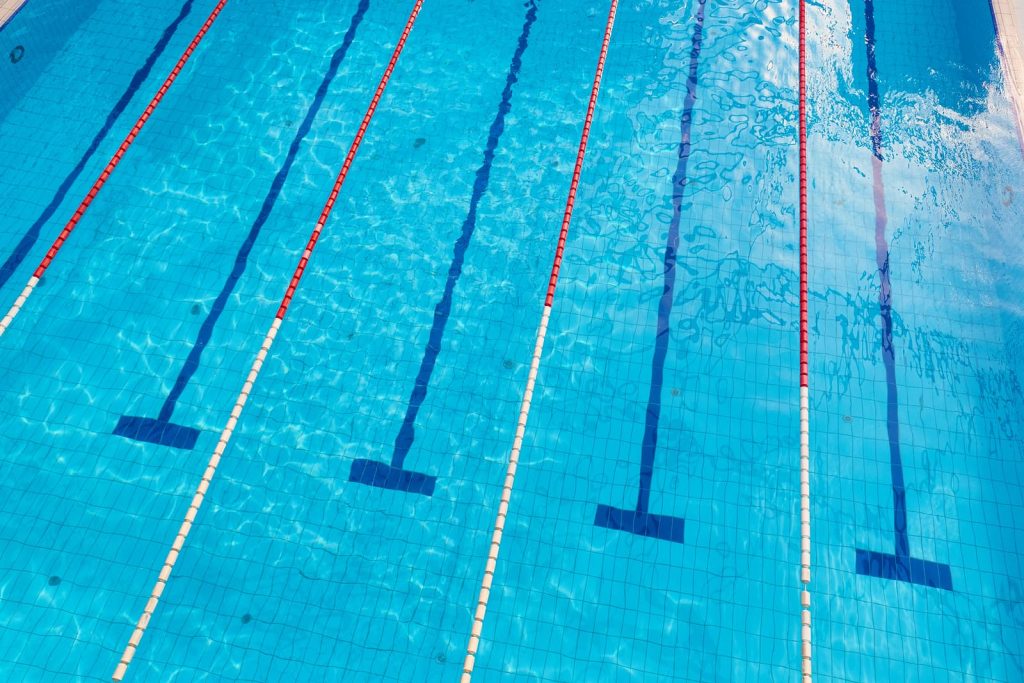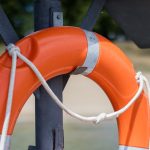The Basics of Pool Chemical Erosion Feeders for Swimming Pools
One of the common ways Certified Pool Operators® control the chemical balance of a swimming pool is through the use of pool chemical erosion feeders. These feeders work by slowly dissolving a tablet of pool chemicals, releasing them into the water over time. There are different types of erosion feeders and they are designed to treat varying pool sizes. It’s essential for a pool operator to fully understand pool chemical erosion feeders to maintain a safe and sanitary aquatic facility.
The Fundamentals
Pool chemical erosion feeders work by placing a chemical tablet into housing that is secured by a cap and gasket. The chemical tablet remains stationary while water flows through or is sprayed over it. The water flow is controlled to maintain the correct amount of chemicals in the water. These systems are regulated by flow regulating valves and monitored by flow meters.
The effectiveness of pool chemical erosion feeders is based on the solubility of the chemicals, the flow rate of water through the device, the surface area of the exposed chemical pellets and the temperature of the water flowing through the feeder. This is why it’s essential to carefully follow the manufacturer’s installation and instruction manuals in accordance with the size of the pool.
Pressure Erosion Feeders
Pressure erosion feeders are installed downstream from the filter and heater in the circulation line and are under full line pressure. It’s important that isolation valves are installed on both sides of the feeder if the pump and filter are installed below the water line. Feeders that are designed to operate under pressure include ‘bleed’ valves that are designed to relieve pressure before the feeder before it is opened. No feeder should ever be opened unless it is determined that there is no pressure within it. Circulation systems have enough pressure to blow the lid off at speeds that could seriously injure someone.
Pressure Differential Erosion Feeders
Pressure differential erosion feeders are installed downstream from the pump. Water pressure from the pump flows through the feeder and returns back to the circulation line at a point downstream where there is lower line pressure. To create the pressure differential, a booster pump must be introduced to the chemically treated water from the feeder to a circulation line under pressure. This can also be accomplished through a venturi loop which creates a vacuum that draws chemicals from the feeder to the venturi. This is also possible with a throttling valve loop with valve restriction on one leg of the loop. In all three cases, filtered water should be used as the source water for the feeder.
Spray Erosion Feeder
Spray erosion feeders are often used with calcium hypochlorite systems. The calcium hypochlorite tablets are sprayed with water rather than being immersed in it. These systems use a venturi loop or booster pump to operate. These feeders must be regularly inspected and maintained so that calcium scale doesn’t build up which can cause lines to plug and the feeder to fail. It is also important that the plumbing lines and fittings that transport the water from the feeder are large in diameter and are regularly cleaned.
Learn More About Pool Chemical Erosion Feeders & More
Proper use and maintenance of pool chemical erosion feeders are just one of the many important responsibilities of a Certified Pool Operator®. To learn more, go to the experts at Pool Operation Management. Pool Operation Management’s CPO® training courses train you how to properly operate a swimming pool or spa facility. Our two-day courses offer a wealth of information and training in everything from pool chemicals to energy conservation to risk and liability. For the very best in pool operation, contact us today.








